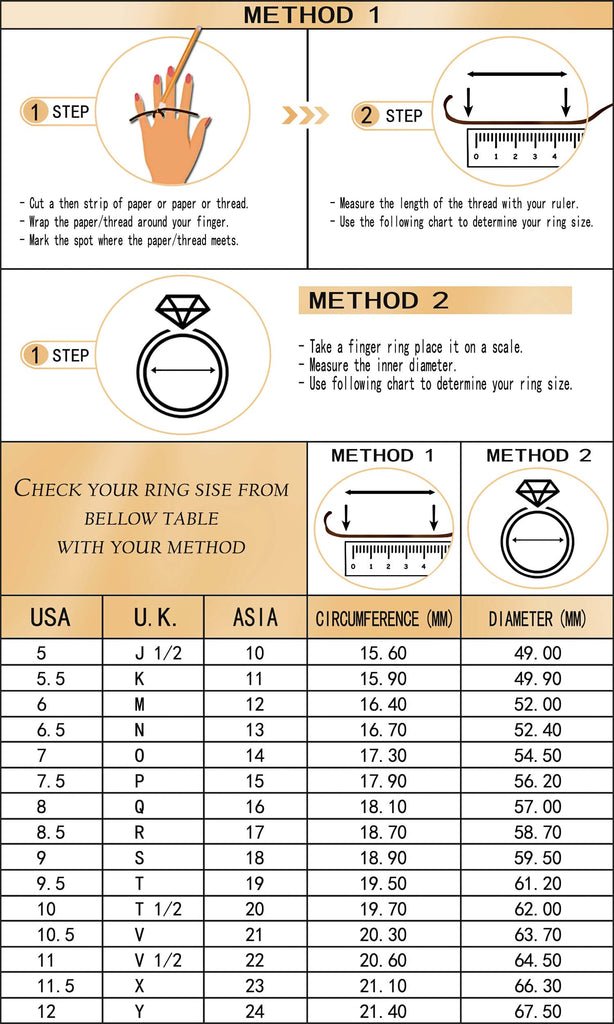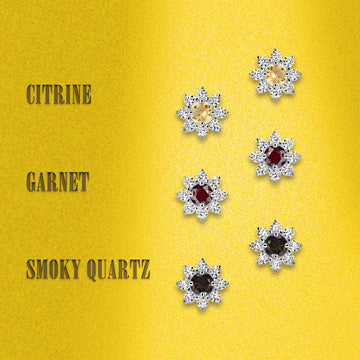The Koh-i-Noor "Mountain of light"
The Koh-i-Noor ("Mountain of light"), also spelt Kohinoor and Koh-i-Nur, is one of the largest cut diamonds in the world, weighing 105.6 carats. The Koh-i-Noor diamond belonged to various Indian and Persian rulers but it became part of the Crown Jewels of England at the time that Queen Victoria was proclaimed empress of India.
The Koh-i-Noor Diamond is one of the most famous diamonds in the world. The Koh-i-Noor diamond was first mentioned in 1306 when it was taken from a Rajah of Malwa, whose family had held the diamond for centuries. It was described as weighing 186 carats and was an oval cut white diamond – the shape and size of a small hen’s egg.

The diamond may have been mined from Kollur Mine, gravel-clay pits on the south bank of the Krishna River in the Golconda India. It is impossible to know exactly when or where it was found, and many unverifiable theories exist as to its original owner.
In 1739 Nadir Shah, the King of Persia, invaded India and was said to refer to the diamond as the “Mountain of Light”. The Persian-Arabic words for “Mountain of Light” were Koh-i-Noor. The magnificence of the diamond and its value symbolized the power of an Empire. It was said that “He who owns this diamond will own the world, but will also know all its misfortunes.” Possession of the Kohinoor led to murder, torture, mutilation and treachery and stories of the Curse of the Kohinoor Diamond…

The Curse of the Koh-i-Noor Diamond
The Curse of Koh-i-Noor Diamond dates back to a Hindu text from the time of the first authenticated appearance of the diamond in 1306. The Curse of the Koh-i-Noor Diamond reads:
“He who owns this diamond will own the world, but will also know all it’s misfortunes. Only God, or a woman, can wear it with impunity.”
The history and lives of the rulers who owned the Koh-i-Noor diamond were filled with violence, murders, mutilations, torture and treachery. Whether or not people believe in the Curse of the Koh-i-Noor Diamond, the history of the stone is undeniable – and the threat of the Koh-i-Noor curse is enough to make people cautious. The British Royal families were obviously aware of the Curse of the Koh-i-Noor and from the reign of Queen Victoria, when the Koh-i-Noor diamond came into their possession, it has always gone to the wife of the male heir to the British throne. The History Timeline details the story of the Koh-i-Noor diamond.
1306
The diamond – not yet christened Koh-i-Noor – is mentioned for the first time in some historical texts as belonging to the Rajas of Malwa around this time, according to some historians.
1526
The first ‘verified’ mention of the stone crops up in the Baburnama, the writings of Mughal ruler Babur. Babur acquired the rock after defeating Ibrahim Lodi, the last of the Delhi Sultans, in the first battle of Panipat.
Historian NB Sen, among others, has written that from Babur, the diamond passed to Shah Jahan and Aurangzeb, before coming into the possession of his grandson, Sultan Mahamad.
1739
Persian general Nadir Shah defeats Mahamad to conquer Delhi – and the diamond -- in 1739 and gives it its now-famous name. He takes the stone back to Persia but is assassinated eight years later. The diamond now passes into the possession of one of his generals, Ahmad Shah Durrani, in whose family it stays for the next generation, writes Sen in his book, the Glorious History of Koh-i-Noor, the Brightest Jewel in the British Crown.
1813
The diamond returns to India when Shah Shuja Durrani, a descendant of Ahmad Shah, escapes from his quarrelling brothers in Kabul, brings it to Punjab and gives it to Maharaja Ranjit Singh – the founder of the Sikh empire -- in return for being granted asylum.
1839-1843
Maharaja Ranjit Singh dies, leaving the diamond – and his kingdom – to his sons. However, after three of his older sons are killed in quick succession, in 1843, 5-year-old Duleep Singh took the throne, becoming the last Indian sovereign to own the Koh-i-Noor, writes Sen in his book.
1849
The British win the second Anglo-Sikh War and annexe the Sikh kingdom of Punjab under the Treaty of Lahore. 11-year-old Duleep Singh signs over the kingdom and the diamond over to them before stepping down from his throne.
1852
The diamond is taken to England and showcased to the public. However, after reports of ‘disappointment’ with the stone’s uncut appearance, Queen Victoria’s husband, Prince Albert orders the polishing of the Koh-i-Noor. The final product, which takes 38 days to achieve, shaves off significant portions of the stone, reducing its weight by 42% -- from 186 carats (or 37.2 g) to its current 105.6 carats (21.12 g).

Bearing in mind the myth surrounding the stone, Queen Victoria later asks in her will that the Koh-i-Noor only be worn by a female queen.
The stone is then added to the crowns of her successors and is stowed away in the Tower of London where it has been ever since.
Despite claims of ownership by four countries -- India, Pakistan, Afghanistan and Britain -- the United Kingdom has maintained its ownership over the gem.


